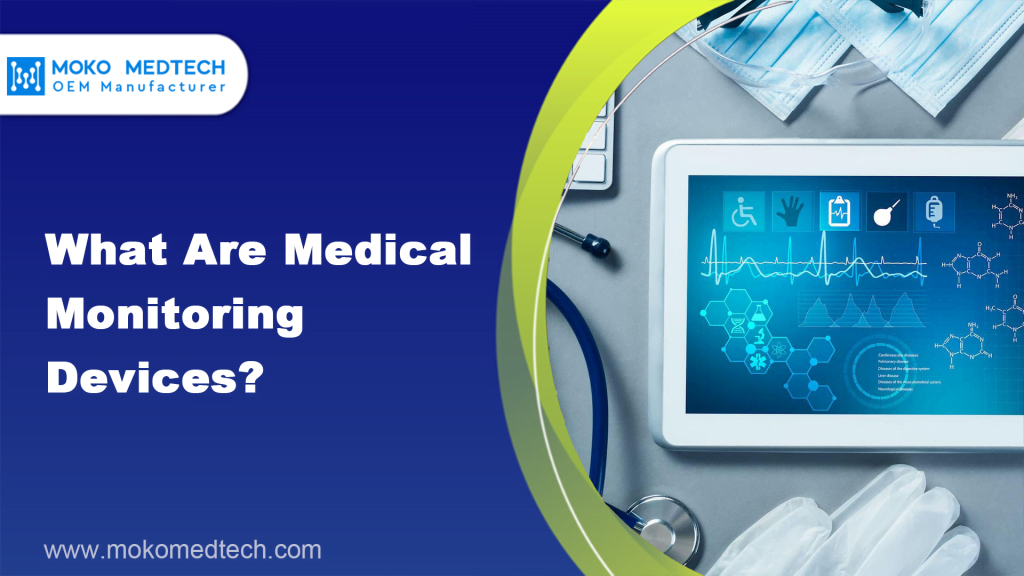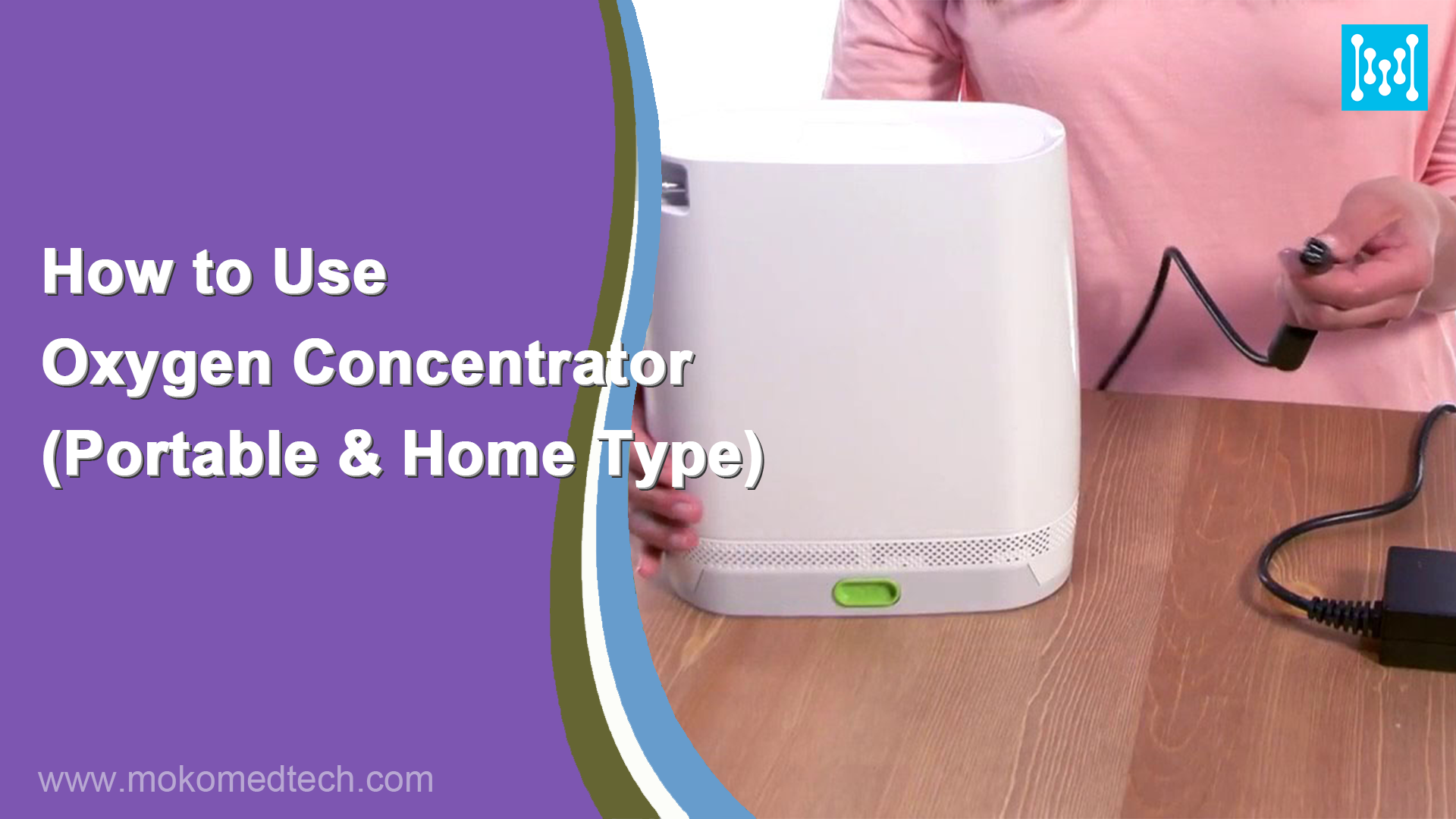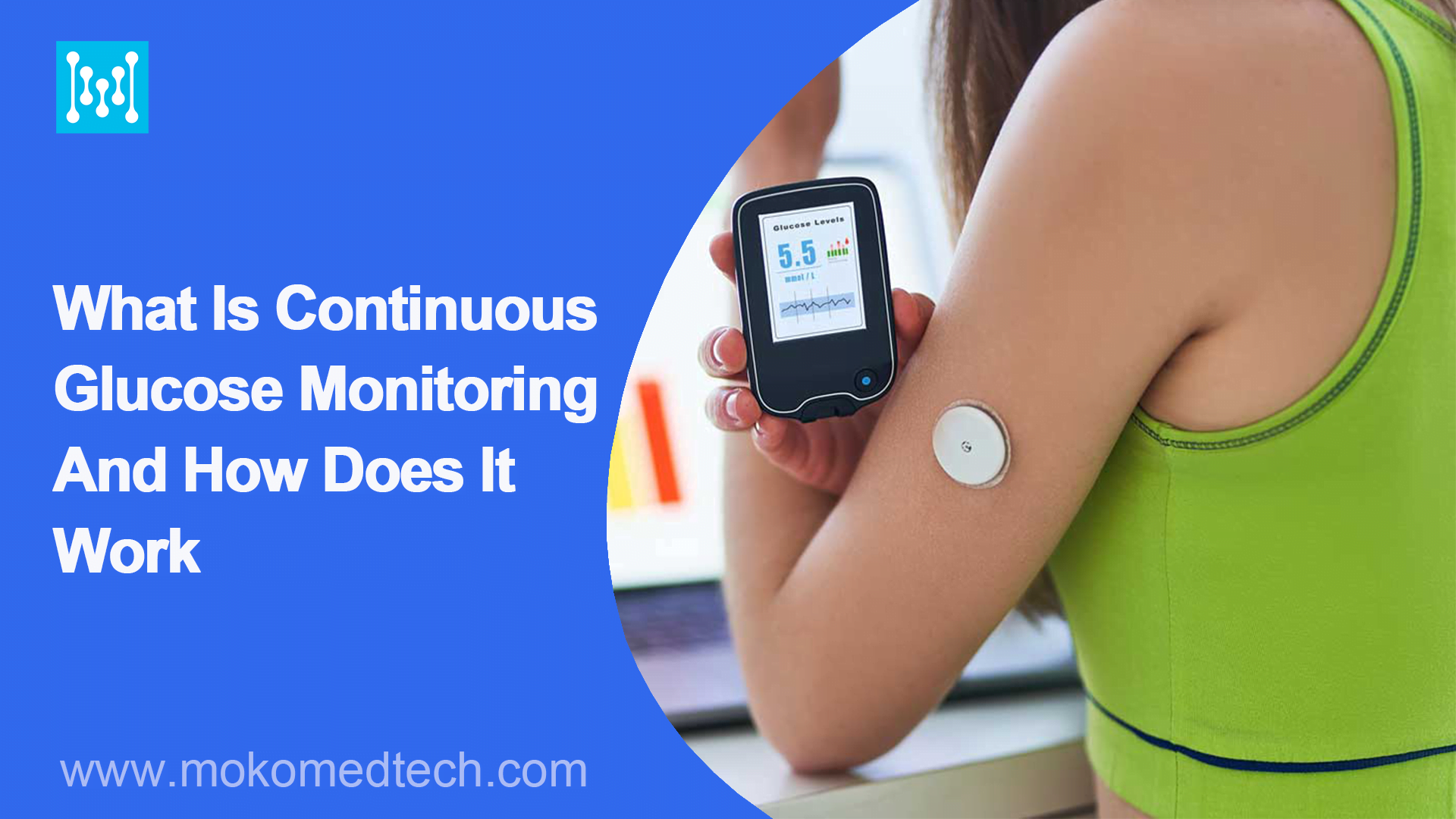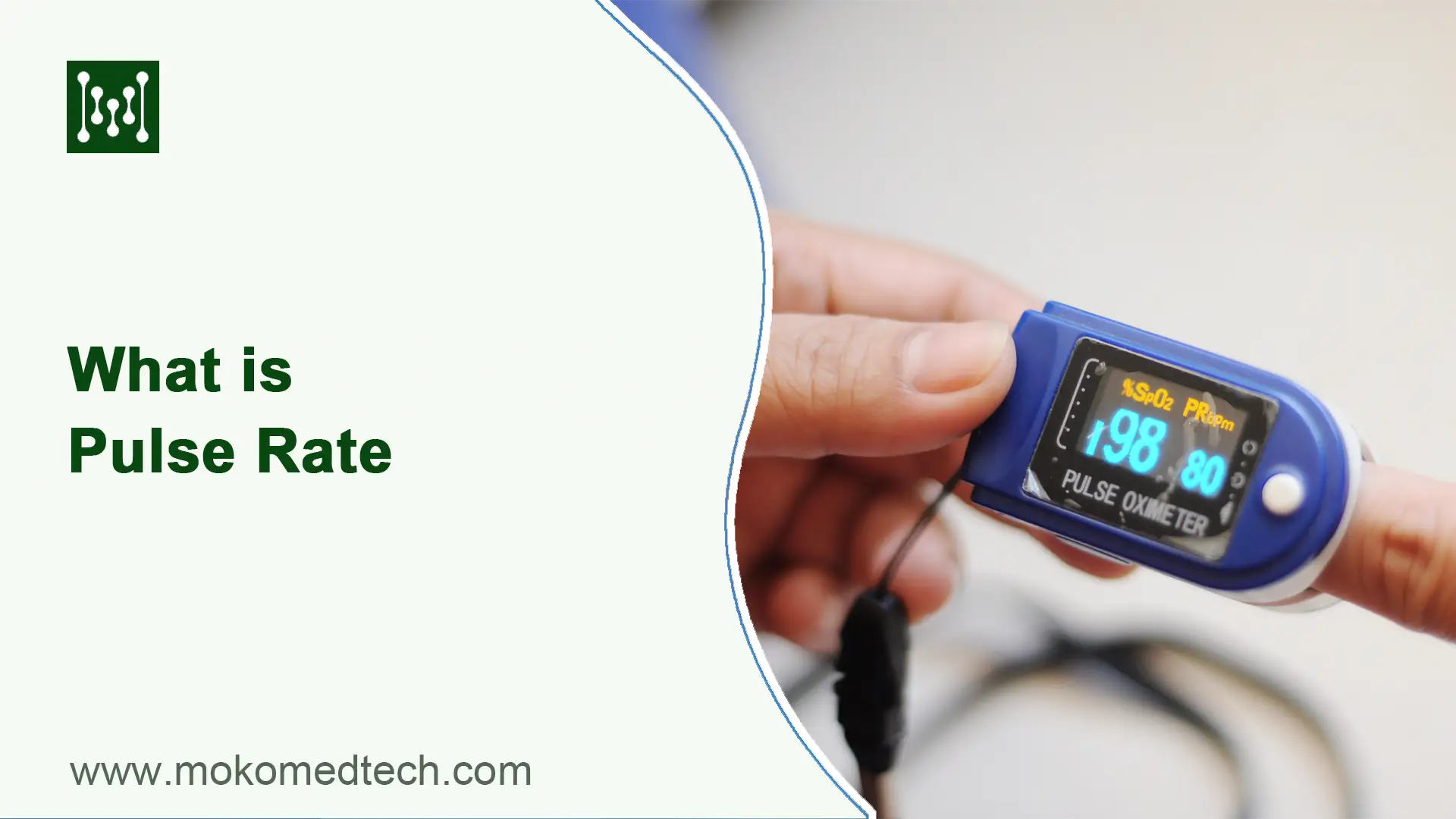Introduction
In recent years, medical monitoring devices have become increasingly popular. The advancements in technology have made it possible for people to monitor various health parameters from the comfort of their own homes. Medical monitoring devices are an essential part of healthcare. They allow healthcare professionals to monitor a patient’s vital signs, track changes in their health status, and provide early warning signs of potential problems. These devices can be used to track everything from heart rate and blood pressure to blood sugar levels and sleep patterns, providing valuable insights into a person’s overall health and well-being. They can be used in a variety of settings, including hospitals, clinics, and homes. Today we will provide an overview of medical monitoring devices, their purpose, and the types of devices available in the market. We will also discuss the significance of medical monitoring devices in healthcare.
What are Medical Monitoring Devices?
Medical monitoring devices are devices used to monitor a patient’s health status. People use them to measure a patient’s vital signs, such as heart rate, blood pressure, oxygen saturation, and respiratory rate. They can also monitor other parameters, such as blood glucose levels, body temperature, and electrocardiogram (ECG) readings. These devices can be used to diagnose and manage various medical conditions, including heart disease, diabetes, and respiratory disorders. They are primarily used in clinical settings, but can also be utilized in home or personal settings to monitor a person’s health status.
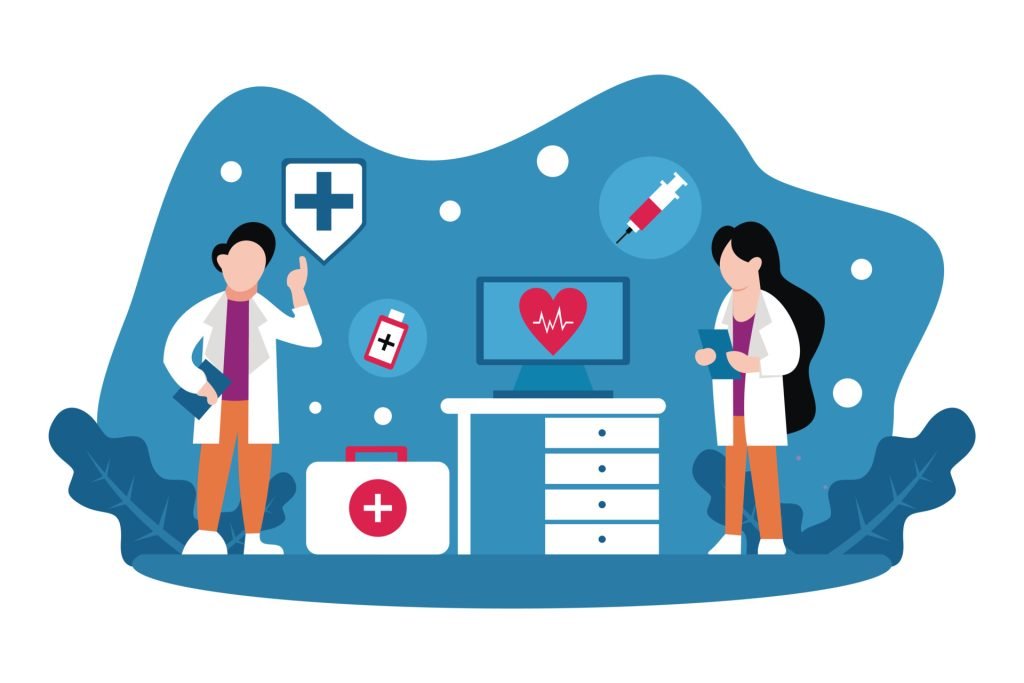
Monitoring medical devices range from simple tools such as thermometers and blood pressure cuffs to more complex devices such as electrocardiograms (ECG), pulse oximeters, and continuous glucose monitors(CGM). These devices may be designed for specific medical conditions such as asthma or diabetes or maybe more general-purpose, measuring a range of parameters such as heart rate, blood pressure, oxygen saturation, temperature, and more. They play a crucial role in modern healthcare by providing clinicians and patients with real-time, accurate, and actionable health information. By enabling more proactive and personalized healthcare, these devices can help improve patient outcomes, reduce healthcare costs, and enhance the overall quality of life.
Applications of Medical Monitoring Devices
Data collected by monitoring medical devices can be used for a variety of purposes, including diagnosing conditions, monitoring disease progression, assessing the effectiveness of treatment, and helping patients manage their conditions. By monitoring vital signs, healthcare professionals can detect early warning signs of potential health problems and take appropriate action to prevent further complications. The applications of monitoring devices have revolutionized the way we track and manage our health. Here are some of the most common applications of medical monitoring devices and their benefits.
1. Vital Sign Monitoring
One of the most common uses of medical monitoring devices is to track vital signs such as heart rate, blood pressure, and temperature. These devices are used in hospitals, clinics, and at home to detect early warning signs of health problems and prevent serious complications. For example, patients with heart disease may use a blood pressure monitor at home to track their blood pressure levels and adjust their medication as needed.
2. Chronic Disease Management
Medical monitoring devices are also used to manage chronic diseases such as diabetes, heart disease, and asthma. These devices can help patients track their symptoms, monitor medication adherence, and manage their conditions more effectively. For example, a diabetic patient can use a continuous glucose monitor to track their blood sugar levels throughout the day and adjust their insulin dose accordingly. A patient with heart disease can use an EKG monitor to track their heart rhythm and identify any abnormalities.
3. Remote Patient Monitoring
Another important application of medical monitoring devices is remote patient monitoring. This includes telemedicine and mobile health applications, which allow patients to receive care from a distance. Medical monitoring devices can be used to monitor patients’ vital signs, track their symptoms, and provide real-time feedback to healthcare providers. This is especially important for patients who live in remote areas or have limited access to healthcare.
4. Fitness Tracking Wearable Devices
Wearable medical monitoring devices, such as smartwatches and fitness trackers, have become increasingly popular in recent years. These devices can be used to monitor activity levels, sleep patterns, and overall health. They can also provide real-time feedback to users, encouraging them to make healthier lifestyle choices. For example, some fitness trackers can track the number of steps taken in a day and provide reminders to get up and move around.
Examples of Medical Monitoring Devices?
There are different purposes and applications for medical monitoring devices, as well as various types, each designed to measure a specific aspect of the human body. Below are some common examples of monitoring devices in the market.
1. Blood Pressure Monitor
The object of a blood pressure monitor is to provide an accurate reading of a patient’s blood pressure. This information is used to assess the patient’s overall health, detect any potential health problems, and determine if treatment is necessary. Blood pressure monitors are commonly used in hospitals, clinics, and doctor’s offices, and they are also available for home use.
2. Electrocardiogram (ECG) Monitor
An electrocardiogram (ECG) monitor is a medical device used to record the electrical activity of the heart over time. It is used to detect any irregularities in heart rhythm or to monitor the effectiveness of certain treatments, such as medication or pacemakers. They are commonly used in hospitals, clinics, and doctor’s offices to diagnose a variety of heart conditions, including arrhythmias, heart attacks, and heart failure. They are also sometimes used to monitor patients during surgery or in intensive care units.
ECG monitors include portable and wearable devices that allow patients to monitor their heart rhythms at home or on the go. Some ECG monitors are also integrated into fitness trackers and smartwatches, which can provide continuous monitoring of heart activity.
3. Fingertip Pulse Oximeter
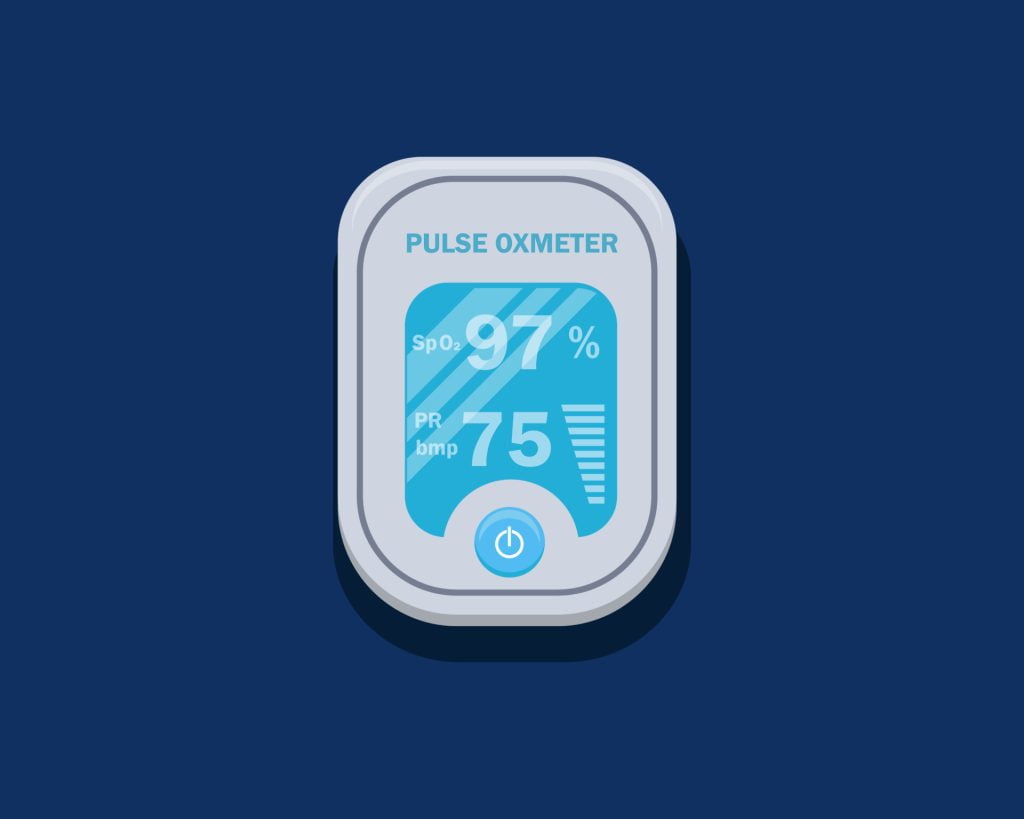
A fingertip pulse oximeter is a non-invasive medical device used to measure the oxygen saturation level in a person’s blood. It is a small, portable device that attaches to the fingertip and uses light to measure the oxygen saturation level in the blood. These kinds of devices are commonly used in hospitals, clinics, and doctor’s offices to monitor patients with respiratory conditions, such as asthma, chronic obstructive pulmonary disease (COPD), and pneumonia. They are also used during surgeries and in intensive care units to monitor patients’ oxygen levels. Because they are easy to use and provide quick results, they are also ideal for home use. People with respiratory conditions often use them to monitor their oxygen saturation levels and to help them manage their conditions. Athletes and individuals at high altitudes also use them to monitor their oxygen levels during exercise or other activities.
4. Glucose Meter
The main application of this device is to monitor the blood sugar levels of diabetic patients. Diabetes is a chronic disease in which the body is unable to properly regulate blood glucose levels. Patients with diabetes need to monitor their blood glucose levels regularly to avoid complications such as hyperglycemia (high blood sugar) and hypoglycemia (low blood sugar). In addition to being used by people with diabetes, blood glucose meters can be used by healthcare professionals in clinical settings to monitor a patient’s blood glucose levels. This can be particularly important in critical care situations, such as during surgery or in the intensive care unit. Blood glucose meters enable people with diabetes to take an active role in their healthcare and make informed decisions about their diet, medications and physical activity.
5. Holter Monitor
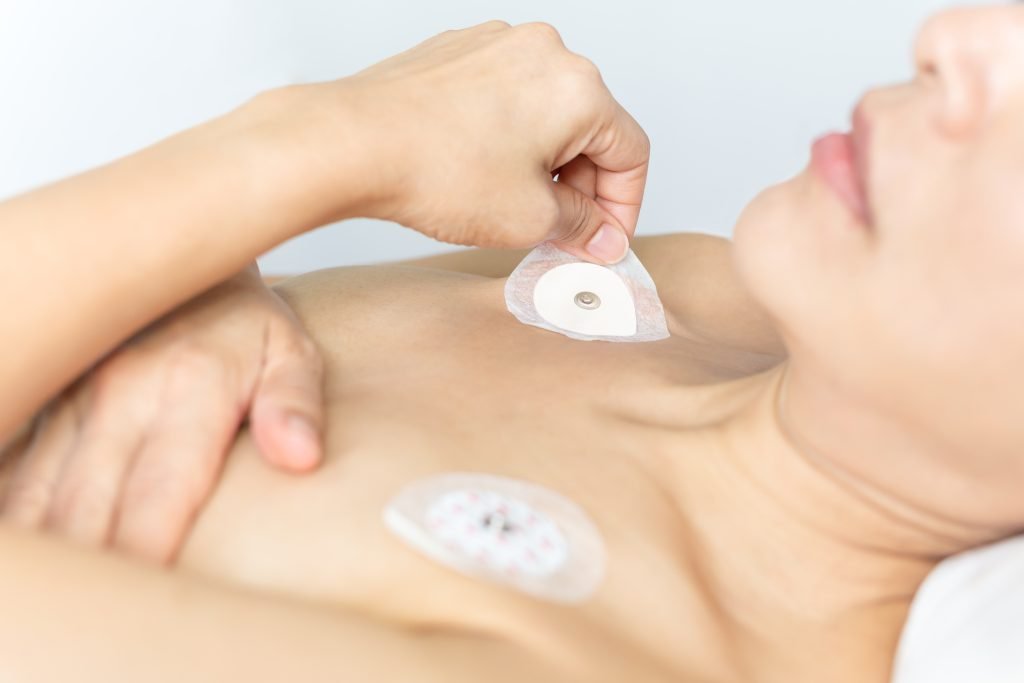
A Holter monitor is a safe and non-invasive diagnostic tool that provides important information about a patient’s heart health. It is a type of portable electrocardiogram (ECG) device that records the electrical activity of a person’s heart continuously for a period of 24 to 48 hours. The device is small and lightweight, and the patient typically wears it throughout their daily activities, including sleep. They are used to detect abnormal heart rhythms or other cardiac abnormalities that may not be captured during a standard ECG test. The Holter monitor is a valuable tool for diagnosing a range of heart conditions, including arrhythmias, heart palpitations, and other irregularities in heart rhythm. It can also be used to monitor the effectiveness of certain heart medications or to evaluate the progress of treatment for cardiac conditions.
6. Thermometer
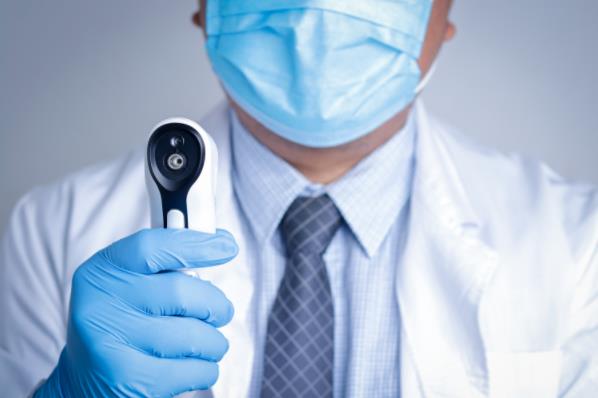
In terms of medical applications, thermometers are an essential tool for diagnosing and monitoring fevers. A fever is a common symptom of many illnesses, and a thermometer can accurately measure the body temperature of a patient to help determine the cause of their fever. This information can be critical in determining the appropriate treatment plan for a patient. In addition to medical applications, thermometers also have many benefits for home use.
One of the most significant benefits is that they allow individuals to monitor their body temperature from the comfort of their own home. This is especially important during times when going to a doctor’s office or hospital may not be possible or desirable, such as during a pandemic. By regularly checking their temperature, individuals can monitor their health and catch potential illnesses early. They offer fast, accurate, and convenient temperature readings, making them an essential part of any home health kit.
7. Spirometer
A spirometer is primarily used to measure lung function. It is a portable, handheld device that uses an electronic sensor to measure the amount of air a person is able to exhale and the rate at which they exhale it. The device is commonly used to diagnose and monitor respiratory diseases such as asthma, chronic obstructive pulmonary disease (COPD) and cystic fibrosis.
8. Fetal Monitor
Fetal monitoring is a medical procedure used during pregnancy to monitor the health and well-being of the developing fetus. This process involves measuring and recording the fetal heart rate and uterine contractions, which can be done with an electronic fetal monitor. They can help doctors and pregnant women assess the health of the fetus as well as identify potential complications during labor and delivery, such as cord prolapse or placental abruption. In addition, fetal monitoring can help reduce the risk of adverse outcomes, such as stillbirth or neonatal death.
9. Other Medical Monitoring Devices
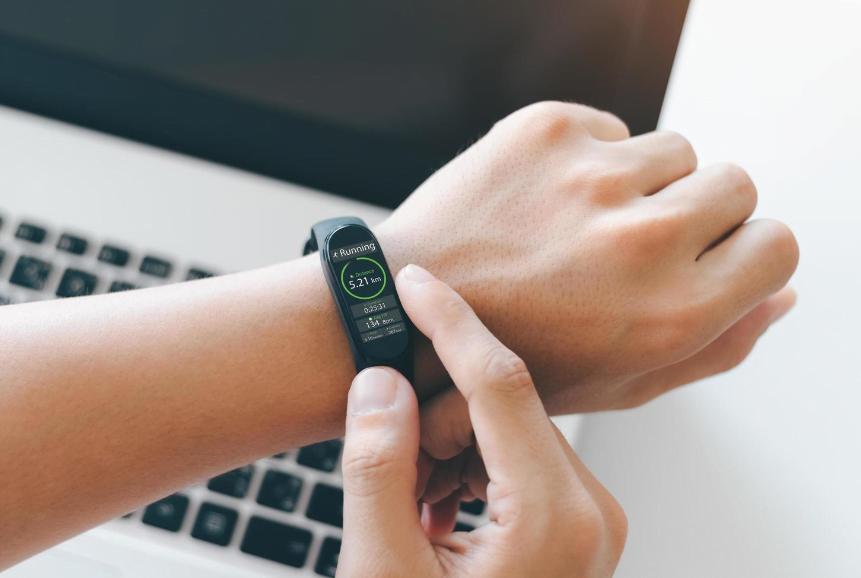
This includes devices that can be worn by patients to monitor their vital signs, including fitness trackers, smartwatches, and other wearable devices. These monitoring devices play an important role in diagnosing and managing various medical conditions. With the help of these devices, healthcare professionals can obtain accurate and timely measurements to make informed decisions about patient care.
Significance of Medical Monitoring Devices in Healthcare
Medical monitoring devices play a critical role in healthcare. They allow healthcare professionals to provide timely and accurate diagnoses, monitor patients with chronic conditions, and provide personalized care. Medical monitoring devices can also reduce the risk of medical errors, improve patient outcomes, and enhance patient satisfaction. They can also help reduce healthcare costs by enabling early detection of health problems, reducing the need for hospitalizations, and improving treatment outcomes.
Medical monitoring devices have become increasingly popular in recent years due to the significant impact they can have on healthcare. These devices offer a number of benefits to both patients and healthcare professionals, including improved accuracy, increased convenience, and enhanced patient outcomes. In this article, we will explore the significance of medical monitoring devices in healthcare.
1. Providing and recording accurate and reliable medical data
Firstly, medical monitoring devices are designed to accurately measure and record vital signs such as heart rate, blood pressure, and oxygen saturation. This information is critical in the diagnosis and treatment of many medical conditions, allowing healthcare professionals to identify potential health problems and intervene before they become serious. Medical monitoring devices provide accurate and reliable data, which can be used to make informed decisions about patient care.
2. Offering remote monitoring service
Secondly, medical monitoring devices can be used to monitor patients remotely, providing a convenient and cost-effective alternative to in-person appointments. Remote monitoring is particularly beneficial for patients who live in remote areas or have mobility issues, as it allows them to receive medical care without having to travel to a healthcare facility. Remote monitoring can also reduce the need for hospitalizations and emergency room visits, leading to significant cost savings for patients and healthcare systems.
3. Facilitating early intervention and preventing complications
Thirdly, medical monitoring devices can help improve patient outcomes by facilitating early intervention and preventing complications. For example, continuous glucose monitoring devices can help diabetic patients monitor their blood sugar levels and adjust their treatment accordingly, reducing the risk of hyperglycemia and hypoglycemia. Similarly, wearable devices can monitor heart rate and rhythm, alerting patients and healthcare professionals to potential cardiac events and allowing for early intervention.
4. Improving the efficiency of healthcare systems
Finally, medical monitoring devices can be used to improve the efficiency of healthcare systems by reducing the burden on healthcare professionals and streamlining patient care. By automating the collection and analysis of patient data, medical monitoring devices can free up healthcare professionals to focus on other aspects of patient care, improving overall efficiency and reducing the risk of errors.
In conclusion, medical monitoring devices have become an essential part of healthcare, providing accurate and reliable data, increasing convenience and accessibility, improving patient outcomes, and streamlining healthcare systems. As technology continues to advance, we can expect to see even more innovative medical monitoring devices that will further revolutionize healthcare and improve patient outcomes.
Challenges in Medical Monitoring Devices Market
The Medical Monitoring Devices market has seen significant growth in recent years, driven by advancements in technology, an aging population, and the increasing prevalence of chronic diseases. However, with this growth has come a number of challenges that manufacturers and healthcare providers must overcome in order to continue delivering high-quality care to patients.

1. Accuracy and reliability
One of the primary challenges in the medical monitoring devices market is the need to ensure the accuracy and reliability of the devices. With so much information being collected by these devices, it is critical that the data is accurate and can be trusted by healthcare providers. Inaccurate data can lead to misdiagnosis and improper treatment, which can have serious consequences for patients.
2. Interoperability
Another challenge facing the medical monitoring devices market is interoperability. With a wide range of devices on the market, each with its own proprietary technologies and data formats, it can be difficult for patients and healthcare providers to access and share data across platforms. This can create inefficiencies in care delivery, leading to missed opportunities for early intervention and suboptimal patient outcomes. The need for standardized data formats and interoperable devices is critical for improving the overall effectiveness of medical monitoring devices and realizing the full potential of remote patient monitoring and telemedicine.
3. Security and privacy
Security and privacy are also major concerns in the Medical Monitoring Devices market. As these devices increasingly connect to networks and cloud-based platforms, they become vulnerable to cyberattacks and data breaches. The consequences of such attacks can range from compromised patient data to medical device malfunctions, which can have serious implications for patient safety. The need for robust cybersecurity measures is paramount in the medical monitoring devices market, and companies must invest in proactive security measures to protect their devices and patient data.
4. Cost
Cost is another challenge in the Medical Monitoring Devices market. While these devices have the potential to improve patient outcomes and reduce healthcare costs, they are often expensive and may not be covered by insurance. This can limit their adoption and use, particularly among underserved populations who may not have access to the latest technologies. Addressing issues related to access and affordability is critical for ensuring that medical monitoring devices can reach their full potential and have a meaningful impact on healthcare outcomes.
5. Need for ongoing innovation and differentiation
Another challenge facing the medical monitoring devices market is the need for ongoing innovation and differentiation. With an increasing number of companies entering the market, there is a risk of commoditization and price competition, which can erode profit margins and limit growth potential. In order to stand out in a crowded market, companies must continually innovate and differentiate their products through features such as advanced analytics, artificial intelligence, and personalized insights. This requires significant investment in research and development, as well as a deep understanding of evolving patient needs and market trends.
6. Regulatory compliance
Finally, regulatory compliance is a major challenge in the medical monitoring devices market. As medical devices, these products are subject to rigorous regulatory requirements and must meet strict standards for safety and efficacy. This can be particularly challenging for smaller companies with limited resources, who may struggle to navigate the complex regulatory landscape and secure the necessary approvals for their products. Additionally, changes to regulations and standards can create uncertainty and delay product launches, which can impact revenue and market share.
In order to overcome these challenges, the Medical Monitoring Devices market must continue to innovate and evolve. Manufacturers must invest in research and development to improve the accuracy, reliability, and interoperability of their devices, while also ensuring that they are secure and compliant with privacy regulations. Healthcare providers must also be willing to invest in these devices and systems and to work with manufacturers to ensure that they are integrated into their existing workflows and systems and to succeed in this competitive and rapidly evolving market.
MOKOMEDTECH in Medical Monitoring Device Industry
MOKOMEDTECH is a leading OEM manufacturer of medical monitoring devices. Our products are designed to provide accurate and reliable monitoring of vital signs and other important health data. We offer a wide range of devices that can be customized to meet the specific needs of our clients.
Our products are used by healthcare providers and patients around the world and have a proven track record of delivering high-quality results. Whether you need a basic monitoring device for personal use or a more advanced system for clinical applications, MOKOMEDTECH has the expertise and experience to meet your needs.
We are committed to providing exceptional service and support to our clients and work closely with them to ensure that our products meet their exact specifications. Our team of experts is dedicated to delivering innovative solutions that improve patient outcomes and enhance the quality of care.
At MOKOMEDTECH, we are passionate about improving the lives of people through our products and services. Contact us today to learn more about how we can help you achieve your monitoring and healthcare goals.
